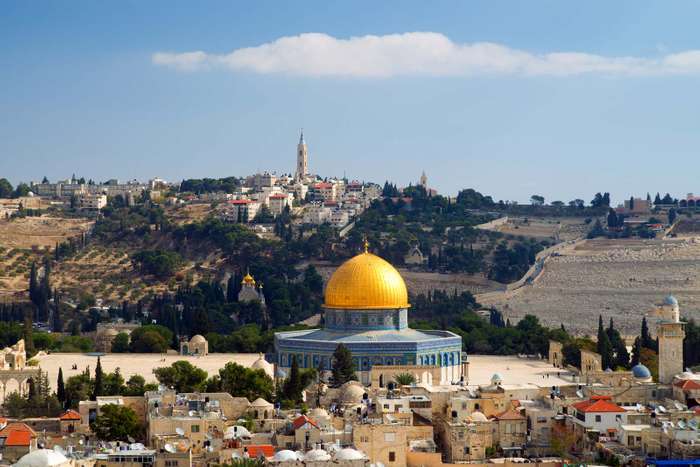By Israel Institute of NZ co-director Sheree Trotter for the Australia Israel Review…
The Aug. 12 attack on renowned author Salman Rushdie at an Arts event in Chautauqua, upstate New York, sent shockwaves through the literary community. Stabbed by a man incensed by the perceived insult to Islam in Rushdie’s 1988 novel The Satanic Verses, the attack was a stark reminder of a clash of worldviews – the dissonance between those who embrace Western values of free expression and those whose religious sensibilities drive them to violence over a perceived insult.
The worldview clash is not confined to the literary world. Indeed, this is the same clash we see played out annually in Jerusalem, particularly on the Temple Mount, and often with grave consequences.
My first visit to the Temple Mount’s vast esplanade took place on an early winter morning. The magnificent arches cast long shadows in the soft morning light. My fellow Kiwi travellers and I had time for a quick perambulation and a few phone snaps to remember the moment before heading off for another tightly packed day of activities. The elevated position afforded a seldom-seen view of the Old City and surrounding districts. The quiet, peaceful atmosphere contrasted with the scenes of tension often associated with this most holy of sites.
The Temple Mount, known as Haram al-Sharif by Muslims, has deep religious significance for both Jews and Muslims.
If Jerusalem is the crown of Jewish history and longing, then the Temple Mount is the foremost jewel in that crown. It is the most sacred site in Judaism. It is considered the site of Mount Moriah, where Abraham offered his son Isaac as a sacrifice. It is also the location of the two Jewish temples: Solomon’s, which according to biblical sources, stood from the 10th century BCE until 586 BCE, and the Second Temple, 515 BCE to 63 CE.
Read Dr Sheree Trotter’s essay in full on the Australia Israel Review here.






